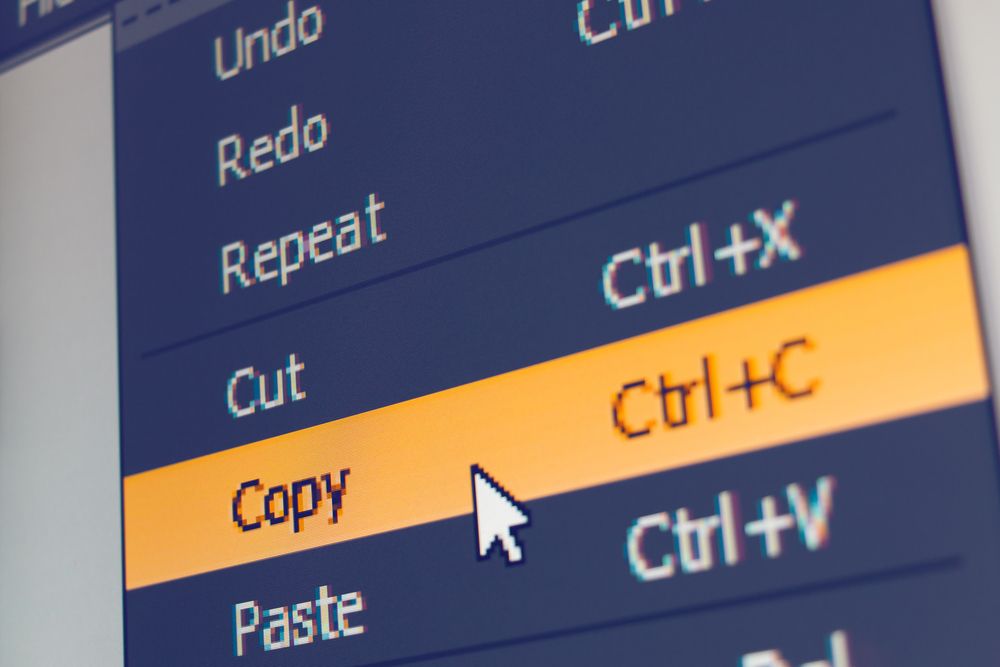Plagiarism is not a new issue by any means. However, it is constantly growing and changing. Luckily, the methods for detecting plagiarism are also expanding. It is important to first understand what exactly plagiarism is. Then, you can be prepared to use your own resources in order to spot it in any form.
Different Types of Plagiarism
According to Turnitin.com, plagiarism occurs on a spectrum. The spectrum ranges from a student simply copying another’s work to a student correctly citing information, but failing to use quotation marks. Plagiarism can also occur when a student pays a peer to write a paper for them. Also, people sell papers online on several websites. Sometimes, they even sell drafts. This makes the task of detecting plagiarism even more difficult.
Detecting Plagiarism with Software
As mentioned above, sites like Turnitin and Plagiarisma can help determine if text has been copied or incorrectly cited. What may be more difficult to spot is when students pay to have their papers written for them. If you suspect this is the case, look out for varying skill levels or unusual vocabulary. This could be a key indicator that a student did not write his or her own paper.
Detecting Plagiarism through Conferences
David A. Tomar, who was a professional ghostwriter for students for ten years, suggests that teachers hold conferences with students after they turn in the paper. In these conferences, ask students to discuss their paper and their writing. This helps teachers get a sense of whether or not the students actually wrote the paper.
Preventing Plagiarism
Teachers can require students to turn in a certain number of rough drafts, making plagiarism more difficult. Drafting also helps students sharpen valuable revision skills while better understanding the writing process. Or, you can assign several in-class writing assignments early in the semester. This’ll give you a good sense of how the students write. If you give these assignments throughout the year, you can also track how your students’ writing is progressing. You can then compare those in-class essay to take-home essays. This will help with detecting ghostwriting. It also helps you get a sense of a student’s personality, which will help you spot if anything is ever out of the ordinary. Furthermore, if you do in-class lessons on applying research to essays, students may feel more confident to try it on their homework.
Explain the Consequences
Before your students ever get the chance to try to plagiarize, have a candid discussion with the class about its drawbacks. Explain that plagiarism is essentially theft. As such, students can face severe consequences, including failing grades, suspension or even expulsion. Importantly, plagiarism prevents students from learning valuable skills. Also, if they get into the habit of not doing their own work, then they are going struggle when copying is no longer an option. Of course, this lesson will not stick with everyone, but it’s important that students understand the consequences of not learning the information themselves.
By Katherine Polcari


